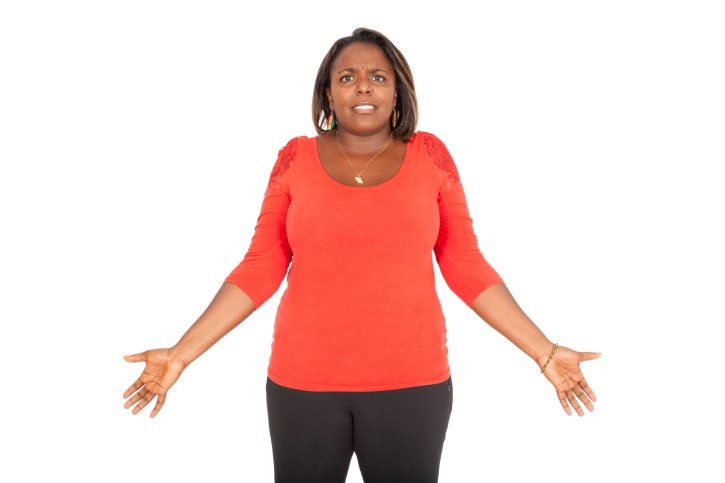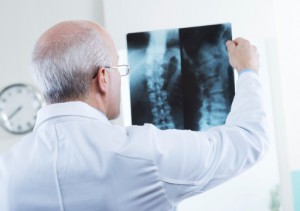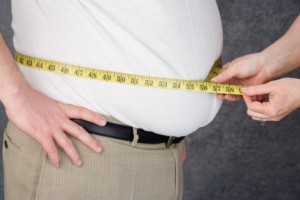Endometriosis pelvic pain in women associated with poor mental health
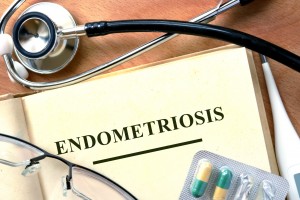 Women who suffer from pelvic pain due to endometriosis may need help with their mental health. A new study suggests, endometriosis and psychological health are connected.
Women who suffer from pelvic pain due to endometriosis may need help with their mental health. A new study suggests, endometriosis and psychological health are connected.
Endometriosis is a disorder that impacts the tissue lining the inside of the uterus, called the endometrium. Sometimes, the tissue grows outside the uterus, resulting in this painful disorder pronounced en-doe-me-tree-O-sis. In most cases, it involves the ovaries, bowel, or the tissue lining the pelvis. In rare situations, endometrial tissue can spread beyond the pelvic region.
During a woman’s normal menstrual cycle, the tissue builds up and is shed if she does not become pregnant. Endometrial tissue acts like it normally would, thickening, breaking down, and allowing women to bleed with their menstrual cycle. However, since the tissue is displaced, it has no way to exit the body and is trapped.
Although the disorder can cause pain at any time, many women experience severe pain particularly during their period. Endometriosis can cause the development of scar tissue and adhesions – binding organs together. It can also lead to fertility problems.
Pelvic pain in endometriosis related to poor mental health in women
A recent study published in the Journal of Psychosomatic Obstetrics and Gynecology reports that women who experience pelvic pain associated with endometriosis may require some kind of psychological intervention to deal with mental health issues and thus improve their quality of life.
Just over 100 patients with surgically diagnosed endometriosis and 61 healthy people in a control group were assessed for anxiety, depression, and overall quality of life. The results of the assessment indicated that those suffering from pelvic pain had poorer mental health than those who did not. Women with endometriosis who did not experience pain were less likely to have anxiety and depression than those with a lot of pelvic pain.
Doctors have known for some time that endometriosis could impact a woman’s quality of life. They have always felt the chronic inflammation associated with this kind of condition was the main reason. Now, this new information could help them see the need to assess pain experiences and determine when patients might need psychological assistance.
An estimated two to 10 percent of American women of childbearing age suffer from endometriosis.
Endometriosis signs and symptoms
Cramping during a menstrual period is a normal response to the changes that are taking place in women’s bodies, but women with endometriosis usually have pain that is far worse than menstrual cramps. Aside from pelvic pain, they could experience some of the following endometriosis symptoms:
- Pain during intercourse
- Pain during urination or bowel movements
- Excessive bleeding during or between periods
- Inability to conceive – infertility
- Fatigue, bloating, nausea, diarrhea, or constipation during menstrual period
Endometriosis can be mistaken for other ailments that can cause pelvic pain, including ovarian cysts and pelvic inflammatory disease, so it is important to see a doctor for a proper examination and diagnosis.
Manage pelvic pains in endometriosis
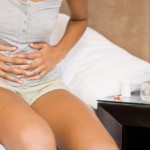 Endometriosis treatment can involve surgery to lessen the pain. A surgeon with specialized skills in the removal of lesions can perform advanced laparoscopic surgery for suspected endometriosis. To reduce pain, nerve interruption procedures can be considered. Endometriotic cysts and scar tissues can also be removed.
Endometriosis treatment can involve surgery to lessen the pain. A surgeon with specialized skills in the removal of lesions can perform advanced laparoscopic surgery for suspected endometriosis. To reduce pain, nerve interruption procedures can be considered. Endometriotic cysts and scar tissues can also be removed.
A lot of patients will experience great improvement following surgery when it comes to pelvic pain. Unfortunately, the disease can reoccur, along with the pain, especially if preventative steps are not taken.
There are medical treatments that can suppress lesions and improve pain. It is important to keep in mind that many medications take time to work and change a woman’s hormones, so there can be a lot of side effects. One of the most common side effects of any endometriosis medication is weight gain due to an increase in appetite.
In some cases, birth control pills and progestogens (hormone therapy) can help control pelvic pain in those who suffer from endometriosis. Additionally, nonsteroidal anti-inflammatory drugs (NSAID) can decrease inflammation associated with endometriosis and improve pain in some patients. Tricyclic antidepressants have been known to control depression that is often associated with chronic pain. Endometriosis natural treatment is also an option for some people. Approaches such as biofeedback, acupuncture, hypnosis, reflexology, and even visualization have worked to decrease pain perception in some people who have suffered from the disorder.
Endometriosis treatment and diagnosis
Endometriosis diagnosis is made after your doctor reviews your symptoms and conducts one or several tests. Those tests could include a pelvic exam, an ultrasound, and laparoscopy. While a pelvic exam and ultrasounds can help to detect cysts associated with endometriosis, in order to be certain a patient has the disorder, a doctor may refer her to a surgeon for a laparoscopy. Under general anesthesia, a tiny incision is made near the navel, and a slender viewing instrument called a laparoscope is inserted to look for endometrial tissue outside the uterus. Samples of the tissue may be taken for examination. This test can help determine the location, size, and extent of the disorder, so that doctors can decide what treatment is best.
Treatment will focus on relieving the pain, slowing growth of the tissue, improving fertility, as well as preventing the disease from returning. As discussed above, treatment could include anything from surgery and medications to birth control pills and alternative therapies.
There is a procedure called a laparotomy that is more intrusive than a laparoscopy. It is used in cases where the endometriosis is severe and extensive. For example, if organs are fused together due to the condition. During this operation, the endometriosis tissue is surgically removed by making an incision along the bikini line. There are also cases where other treatments do not work, and a hysterectomy becomes an option, especially in cases where a woman has decided not to have any more children.
While there is no cure for endometriosis, there are lifestyle changes women with the disorder can adopt to make themselves more comfortable. Endometriosis diet treatment is one good example. Changing diet for endometriosis has shown to reduce symptoms of pain and inflammation. It also helps balance hormones and weight, which can be very helpful to those who suffer from the condition.
A diet with lots of fresh fruit and vegetables, as well as vegetable proteins such as beans and soybeans, is recommended. Omega-3 fatty acids, including salmon, herring, or black cod, are much better than beef and pork. Consuming at least 40 grams of fiber a day is also highly recommended for those with endometriosis.
Success in fertility treatment associated with increased risk of depression: Study
The age-old saying “The fruits of labor are sweeter than the gift of fortune” seemingly does not hold true for fertility treatment. The University of Copenhagen has produced new research that shows women giving birth post fertility-treatment are at higher risk of depression than women not bearing a child following fertility treatment. The researchers feel this finding could have a great impact on future fertility treatment. Continue reading…
-
Some Simple Detoxification Tricks For Weight Loss and Feeling Great
The very first thing it is best to perce
-
How To Get Rid Of Love Handles Naturally
How to Get Rid of Love Handles is a question people often ask themselv
-
How to Avoid Having Loose Skin after Losing Weight
Loose skin is a common problem after weight loss, but there are thing
-
Lose Weight Fast Six Sensible Tips For Long Term Weight Loss
In this article we are going to show you some sensible PROVEN Ways to
-
Consumer Health Awareness Helps You Lose Weight with Meal Planning
You鈥檝e been planning for quite some time to lose weight. Not only
-
Dietary Fats And Obesity
Although much attention has been focused on the need to reduce dietary
- DON'T MISS
- Healthy Eating Program For Losing Weight Includes 5 Products
- Low Carbohydrate Diet Revolution A History
- How you can Prevent Calcium Depletion although on a Diet plan?
- The 3ADay Dairy Diet Another Diet Fad Flop
- Take Off Body Weight Once And For All Through Lifestyle Alterations
- Think You're Just Overweight Or Obese? Take A Look At This!
- Write Off Fat In 2006
- How to Lose Weight the Right Way
- Giant cell arteritis in elderly linked to herpes virus causing chicken pox, shingles
- Great Ideas To Help You Lose Weight And Enjoy Life


